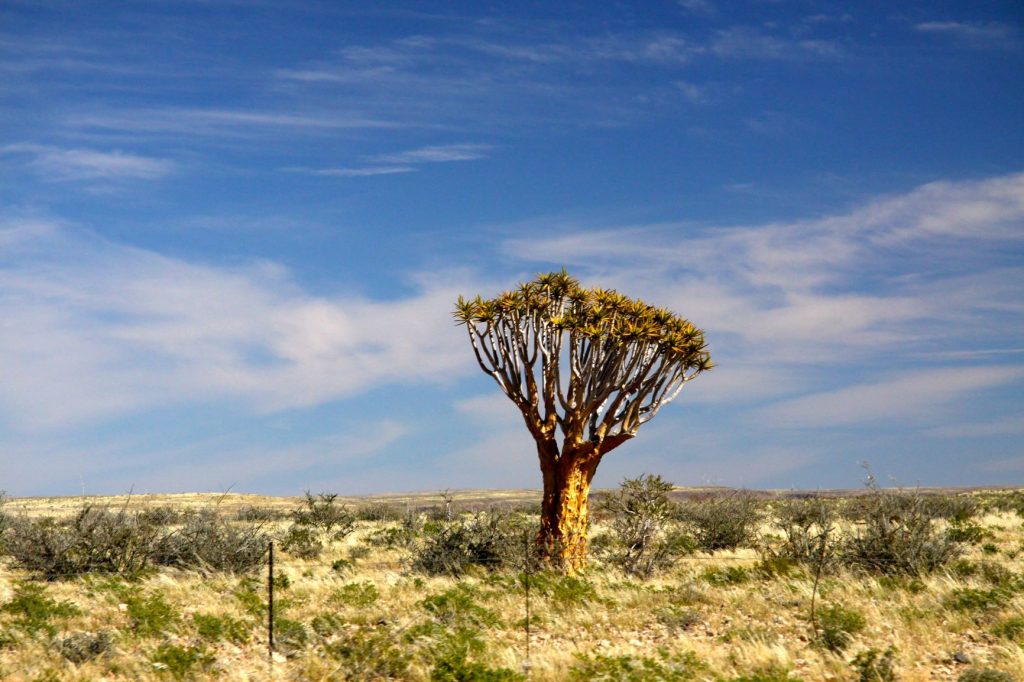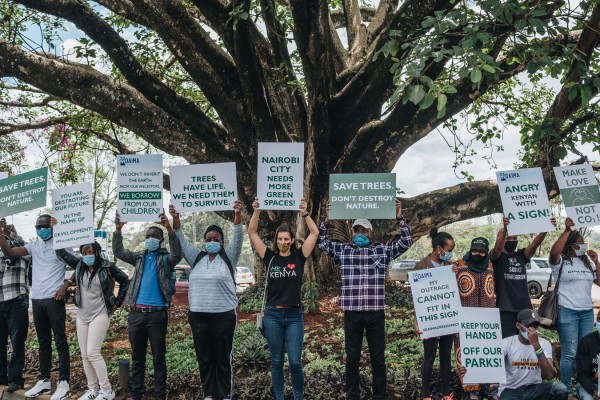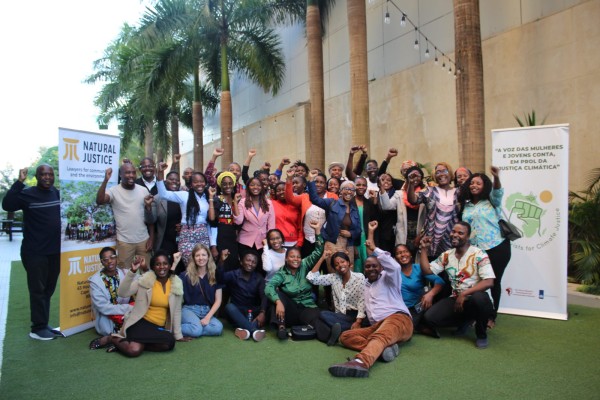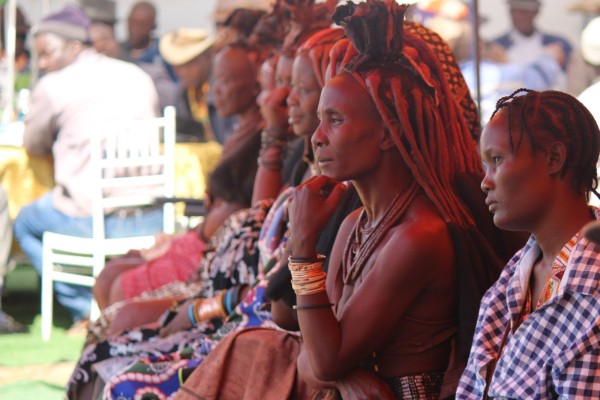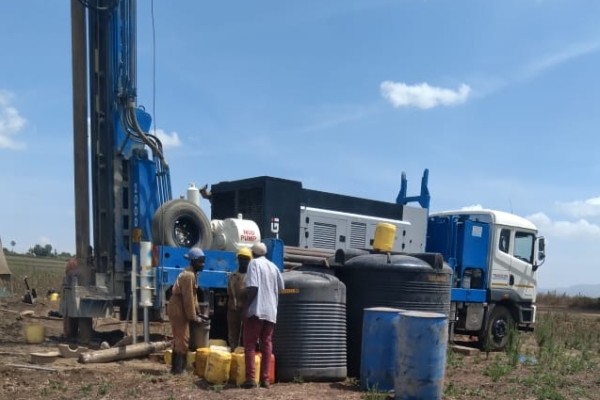The likelihood that the global community will meet its area-based conservation targets by 2020 took a major step forward at the UN Biodiversity Conference in Egypt. To inform the global gathering, UNEP-WCMC and IUCN published the Protected Planet Report 2018 which states that almost 15% of the world’s terrestrial areas and 7% of marine areas are currently protected. This is commendable progress but still falls short of the requirements in Aichi Target 11, which calls on Parties to conserve 17% and 10% respectively. Now a new designation – ‘other effective area-based conservation measures’ – has been agreed that will further advance progress towards these goals.
While protected areas are the main conservation measure currently contributing to the global targets, Aichi Target 11 includes reference to ‘other effective area-based conservation measures’ (also referred to as ‘OECMs’ or ‘conserved areas’). IUCN’s World Commission on Protected Areas subsequently facilitated a process to generate technical advice on the definition and criteria on OECMs for the Convention on Biological Diversity (CBD). The process culminated at the 14th UN Biodiversity Conference at which Parties agreed a definition, namely:
A geographically defined area other than a Protected Area, which is governed and managed in ways that achieve positive and sustained long-term outcomes for the in situ conservation of biodiversity, with associated ecosystem functions and services and where applicable, cultural, spiritual, socio-economic, and other locally relevant values.
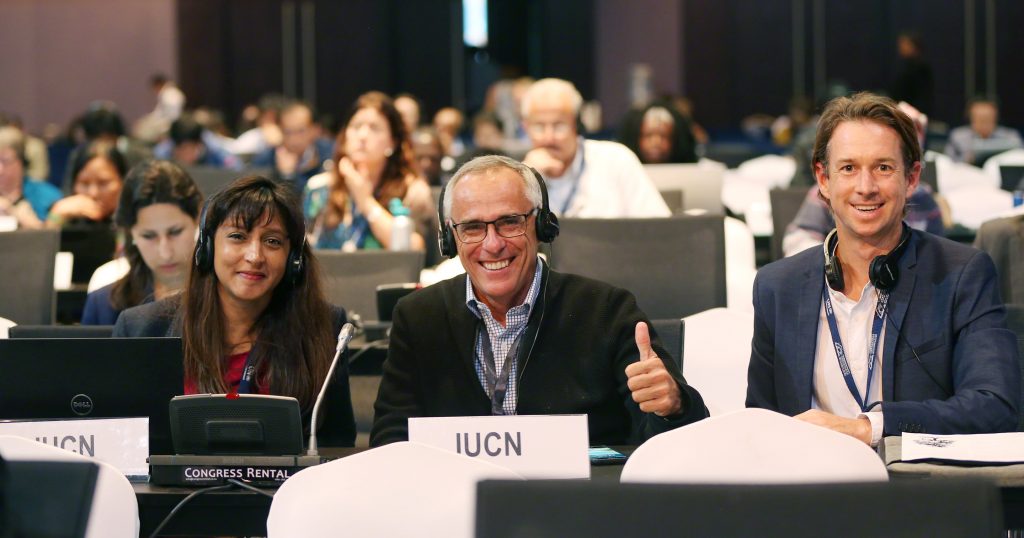
This is a major step towards achieving Target 11 and will be an important legacy from the meeting. Recognition of ‘conserved areas’ will contribute not only to coverage targets but also to ecological representation, important areas for biodiversity and connectivity. Government agencies, private entities and Indigenous peoples and local communities all govern and manage a diversity of areas that may not be designated protected areas but nevertheless support effective biodiversity conservation. Examples of conserved areas include no-go areas such as sacred natural sites and war graves, as well as areas managed for their ecosystem services such as watershed protection areas. These areas can now be recognized as conserved areas and reported to the World Database on Protected Areas.
The magnitude of the contribution that might be made by the new designation is highlighted by a recent study. BirdLife International analysed over 750 key biodiversity areas (KBAs) across ten countries and found that around 80 per cent of the KBAs were partly covered by one or more potential OECMs and over half were wholly covered. This underscores the exciting opportunity to recognize and engage an increasingly broad range of stakeholders in conservation, progress Target 11 and lay a good foundation for setting post-2020 targets where networks of protected and conserved areas are recognized and supported to achieve effective conservation across landscapes and seascapes.
This article was previously published on the IUCN website here.

